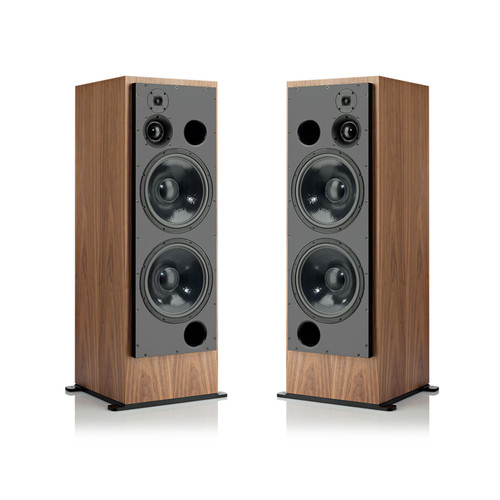- Joined
- Jan 15, 2020
- Messages
- 6,904
- Likes
- 16,937
A room doesn't correct directivity problems so to evaluate a loudspeaker performance anechoic measurements are necessary. An average room response doesn't tell anything which is the reason why equalisation cannot correct a loudspeaker with poor directivity. I can only recommend you reading Toole's comments on this thread:What I meant was that the off-axis responses are measured by a microphone from different angles around the speaker, without trying to simulate any kind of average room response and a simulated attenuating of the signal strength that a listener at the on-axis of the speaker would perceive.
Aren't the things we see in the directivity plots just full-strength measurements from those off-axis positions around the speaker?

Some comments from Floyd Toole about room curve targets, room EQ and more
Room curve targets Every so often it is good to review what we know about room curves, targets, etc. Almost 50 years of double-blind listening tests have shown persuasively that listeners like loudspeakers with flat, smooth, anechoic on-axis and listening-window frequency responses. Those with...
 www.audiosciencereview.com
www.audiosciencereview.com



